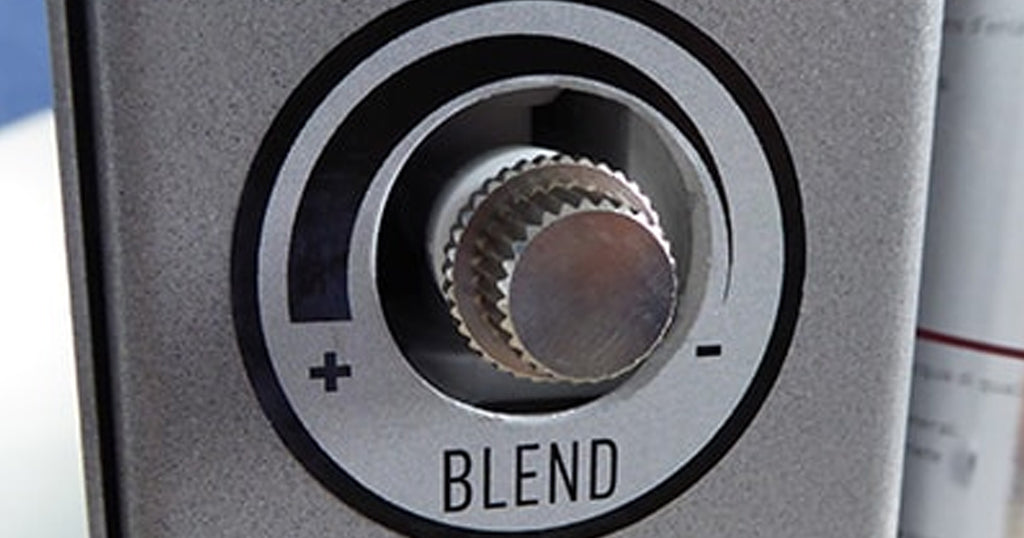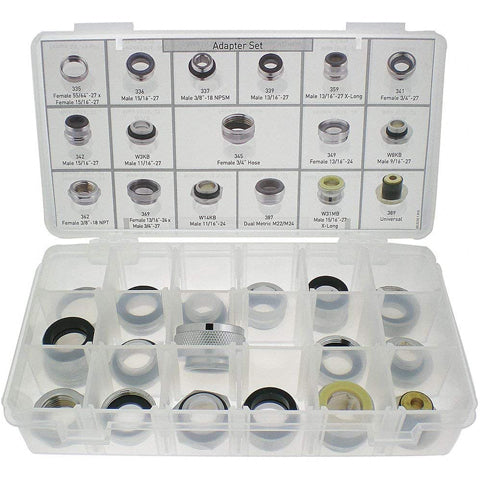The Coffee Industry's Dirty Secret

Some modern Reverse Osmosis systems have been designed especially with the coffee industry in mind and as such they may feature a clever little device called a blending valve. Along with the blending valve there is typically a TDS (total dissolved solids) monitor that reads “IN” and “OUT” values so the machine operator can adjust the rejection range in order to achieve a desired TDS outcome. At first glance this would seem like a great tool to allow users to hit those water quality targets set forth by the Specialty Coffee Association, but how does this valve work and more importantly what are the constituents of this TDS that is being blended back in?
A blending valve is designed to allow a variable amount of reject water from the reverse osmosis membrane to be re-introduced to the permeate (product) water in order to superficially “dial in” the TDS. The TDS target to hit according to SCA is 150 ppm with a pH of 7. It is important to note SCA does not specifically address individual dissolved solids, only the TOTAL dissolved solids. So, the 150 ppm is an arbitrary number unless you know what the constituents are in your source water, in other words, think of ppm as parts per mystery…
For most of us living in the United States, our source water is public water. This municipal water is typically chemically treated with a variety of products that can include chlorine, bromine, chloramine (ammonia with chlorine), soluble silicates, aluminum sulfate, phosphate, polymers, hydrated lime, potassium permanganate, hydrofluorosilicic acid (fluoride), acrylamide, and many other chemicals. The addition of any kind of chlorine to water creates hydrochloric acid and hypochlorous acid. Chlorine and bromine react in water to form haloacetic acid. When chloramine combines with hydrofluorosilicic acid in water, it becomes so corrosive, that it will extract lead from plumbing systems. The water already contains sulfuric and nitric acids from acid rain. Our public water supply contains acids, heavy metals, fluoride, chemicals, disinfection by-products, acids, and a laundry list of other toxins that pose serious health threats. A more appropriate term for this type of water would be “tap liquid” since it vaguely resembles the qualities you would find in water that comes from a natural source.
Reverse Osmosis with the proper pre-treatment in place is very effective at removing 90-99% of contaminants and pollutants, except for acids which are liquids and gases, they pass right through the semi-permeable membrane. That is why RO water is referred to as aggressive water or “hungry” water because the water is nearly stripped of all its dissolved ions (buffers) and is loaded with invasive acid compounds! Water that is unstable, missing an adequate number of dissolved ions, will seek to dissolve whatever existing ions are available (i.e. pipes, boilers, etc.) this process is exacerbated by the presence of invasive acid compounds. At this point you can begin to see the absurdity in taking the rejected water from the RO membrane, which is loaded with toxins and pollutants, then blend it back in with this aggressive overly acidic permeate water to raise the total dissolved solids. The only adequate measure against these problems is to do a more thorough filtration of the source water followed by proper stabilization using an adequate number of beneficial ions.
PristineHydro Water Revival System Difference
In order to brew the perfect cup, we need to start with the perfect water. The subject of Biomimicry has shown us that nature inherently knows best… Prior to burning fossil fuels, fresh pristine drinking water would have been free of bad acids (acid rain, etc.) as well as undesirable contaminants and pollutants. What would have been in the water would be beneficial ions: electrolytes (bicarbonates salts), silica (silicic acid), and chloride.
Our patented-pending multi stage water filtration/revival process features a revolutionary high efficiency reverse osmosis membrane combined with our proprietary selective deionization filters and remineralization process. PristineHydro water has a very low controlled TDS (40-60 ppm) comprised of mainly magnesium bicarbonate, there are also usually traces of calcium, potassium, and sodium bicarbonate as well as silicic acid and chloride. The presence of the beneficial ions and absence of invasive acids results in a high alkaline pH (9.5-10). We like to think of PristineHydro water as a very neutral water because it is soft and light and will not over power or over extract when used as a base for beverages. No matter where you are on the planet, it is now possible to standardize the water with our Water Revival System for consistent coffee brewing results.
No More Bad Acids + Magnesium Enhanced = Makes All the Difference
PristineHydro’s innovative Water Revival Technology has revolutionized the process for softening drinking water, resulting in mineral-rich water with a great taste.
Our proprietary water filtration + restoration process marks a milestone in water technology. It forms the basis of the first, and only, Water Revival System, using a complete 10-stage process that not only removes any unwanted contaminants and bad acids, but also enriches it with magnesium. It’s well understood in the coffee industry that magnesium is a valuable flavor carrier that also balances the acid-base level of the cup. Magnesium is also the preferred mineral over calcium because it causes less scaling which is a leading contributor to equipment failure. Water that is in balance, free of invasive bad acid and enriched with magnesium, is the major factor in achieving the best taste and sensory properties of any end products like tea and coffee.
PristineHydro Water Revival System technology offers the ultimate experience in coffee taste:
- Optimized Gold Standard Extraction
- Minimized Equipment Failure
- Full Aroma and Taste











